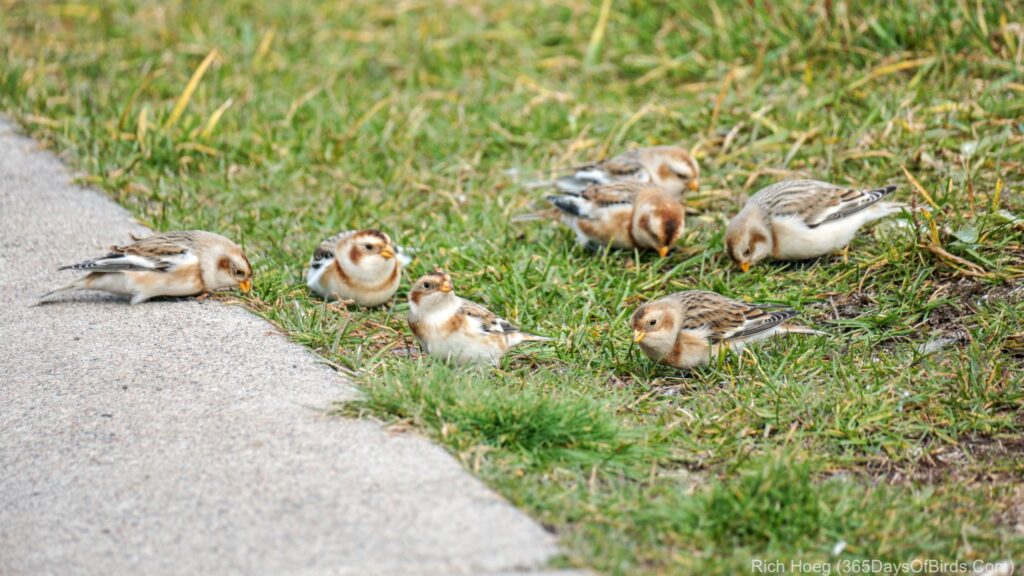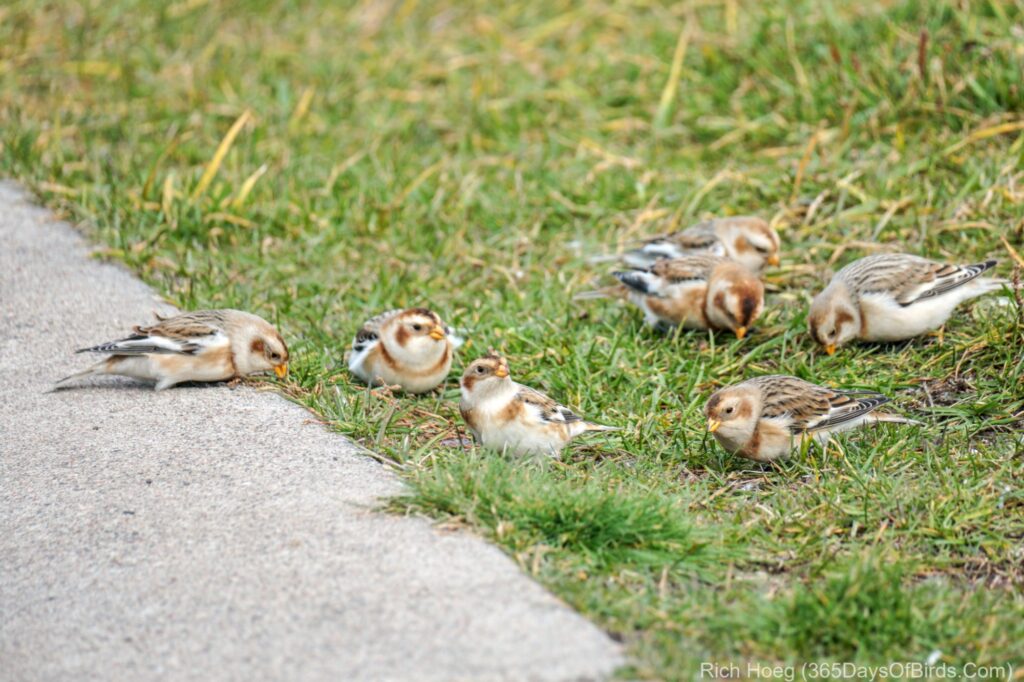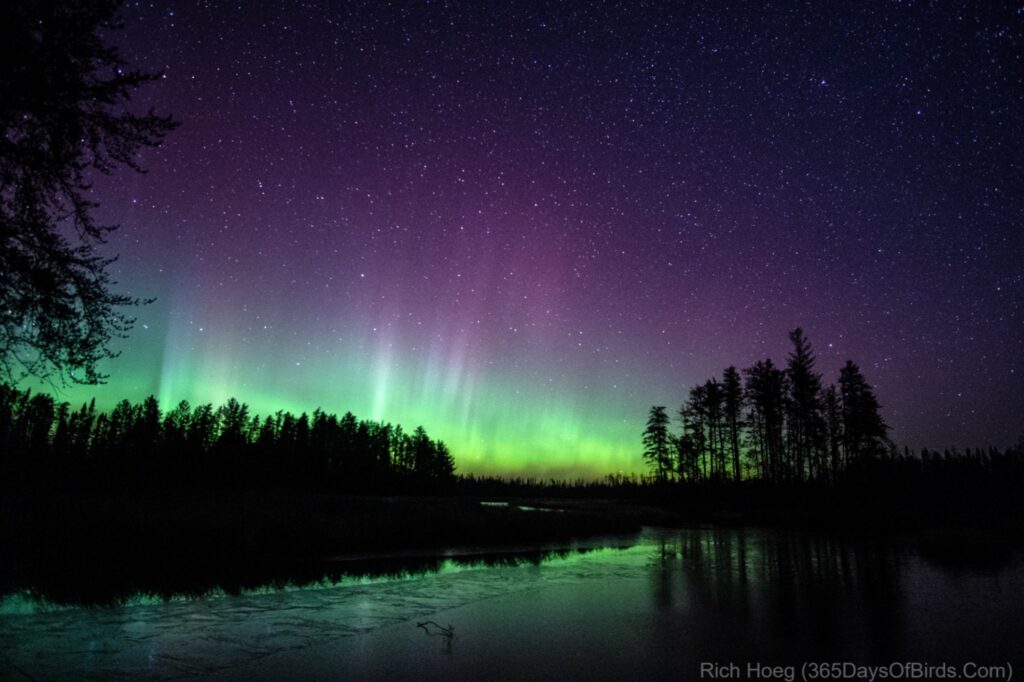
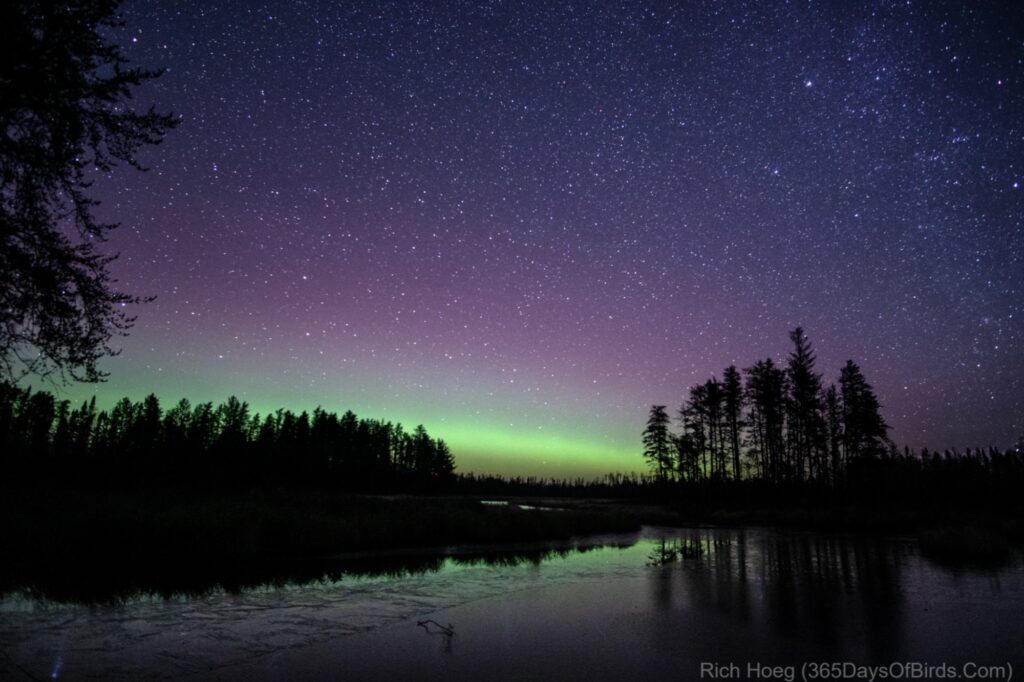


Knowing that the tamarack needles in their golden majesty would soon all be on the forest floor, and thereby heralding the start of winter, I drove up to Sax-Zim Bog for a final version of “Golden Glory Owling”. Thankfully the star performer eventually did arrive. Unlike the other morning when I saw three unique Great Gray Owls, only one wanted its photograph taken this morning. Here were the results.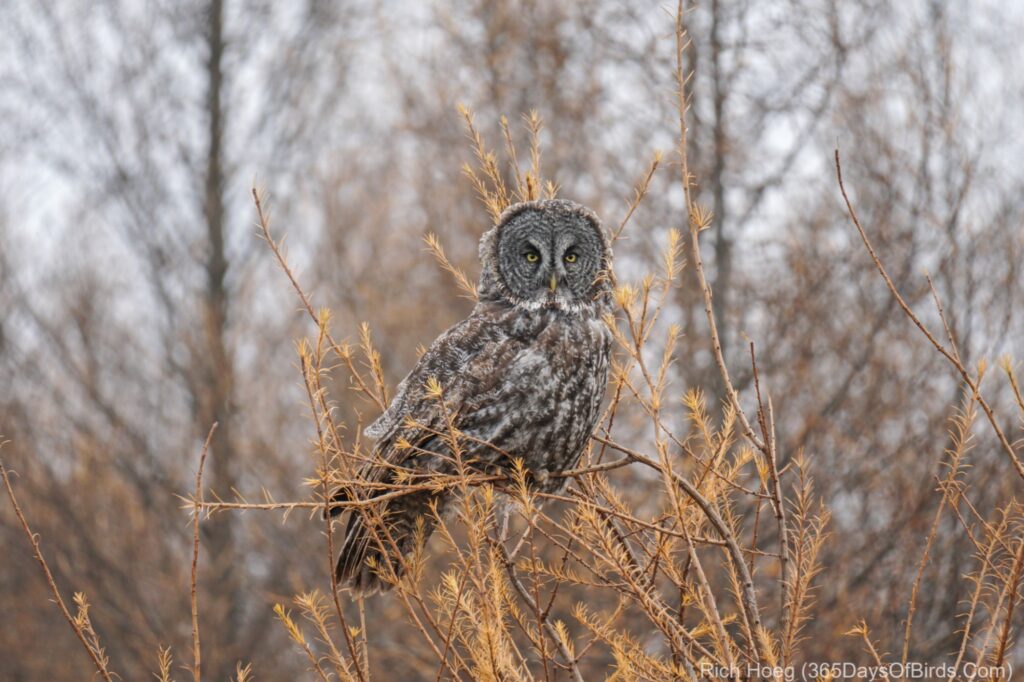
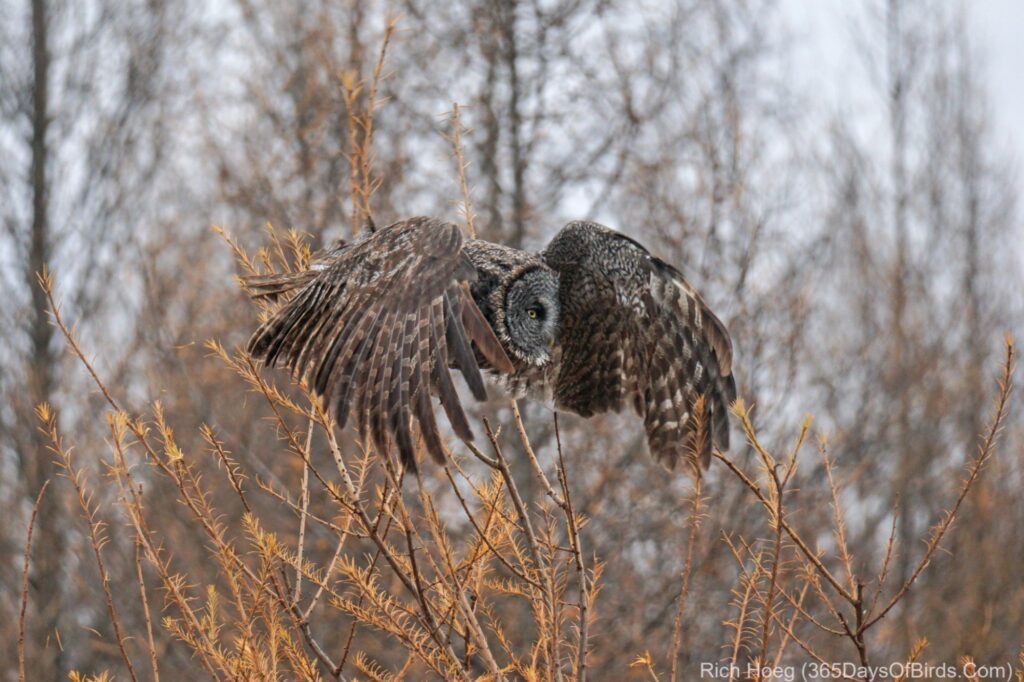
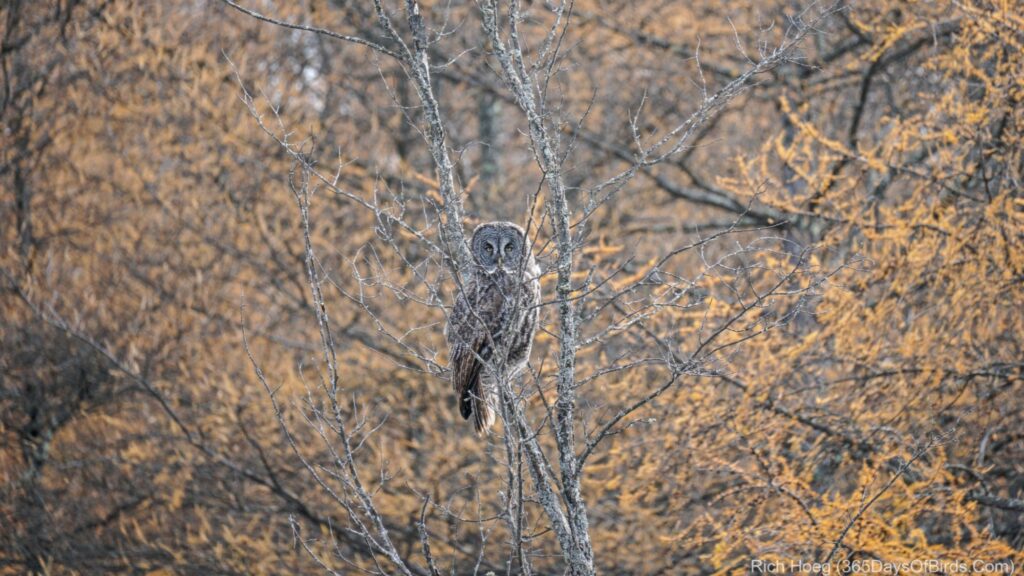
On a final note, if you live anywhere up north with no light pollution, get yourself outside by 7:30 pm TONIGHT. Find a spot with low light which faces north (public boat launches can be great). The numbers for the Northern Lights are looking great at 4 pm CDT. Unlike the big media blitz of last weekend, my own technical read of the data shows something is very much happening. See my Northern Lights Web Page for more information.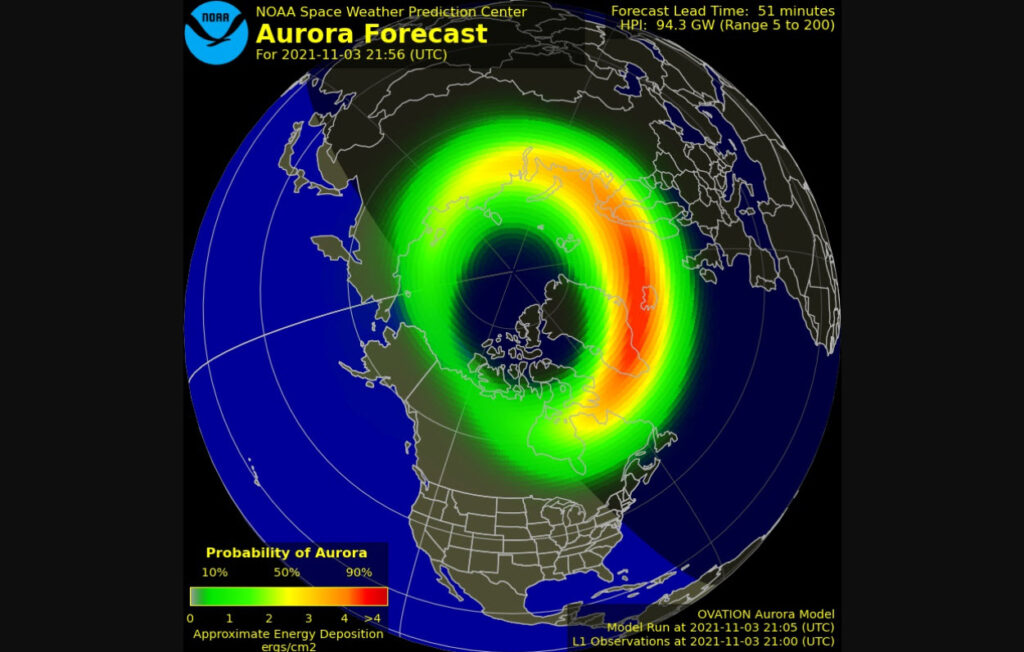
Arctic birds from the tundra were arriving this morning! Snow Buntings were almost falling out of the sky in Two Harbors, Minnesota. Close behind were Horned Larks, which I affectionately know as the “Fu Manchu Bird!” (see a photo to learn why)
Here is a screenshot from Google Maps which I annotated. Take notice where the Tundra, Boreal Forest and the Plains / Prairie are located in comparison to each of these bird’s range maps, but particularly their breeding locations up in the Arctic (range maps courtesy of Cornell’s School of Ornithology: Snow Bunting & Horned Lark). Neither of these bird species knows how to forage well for food in the Boreal Forest. It’s not their habitat. Two Harbors, and specifically the RV Campground (now closed for the year) is one of the first open spaces they find while migrating along the shores of Lake Superior and through the Boreal Forest. Food!!! (i.e. in the campground’s grassy areas).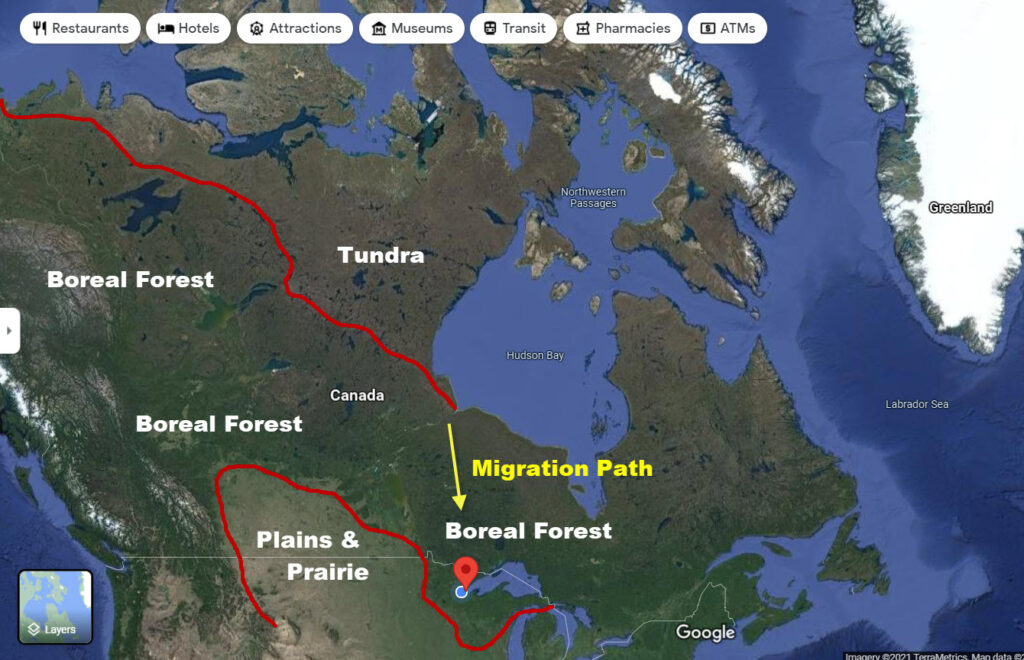
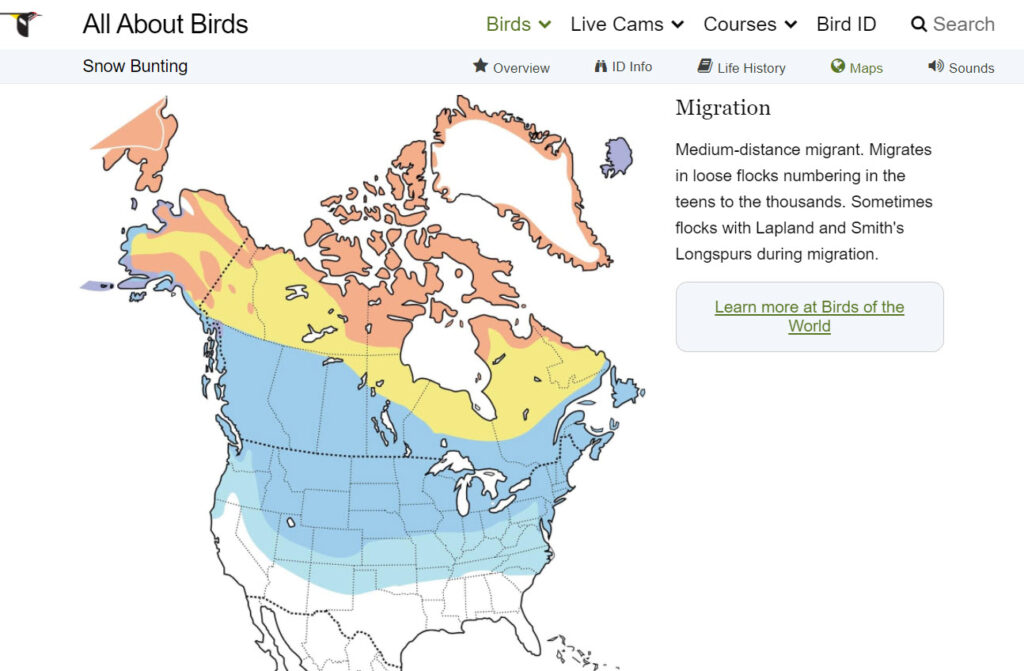
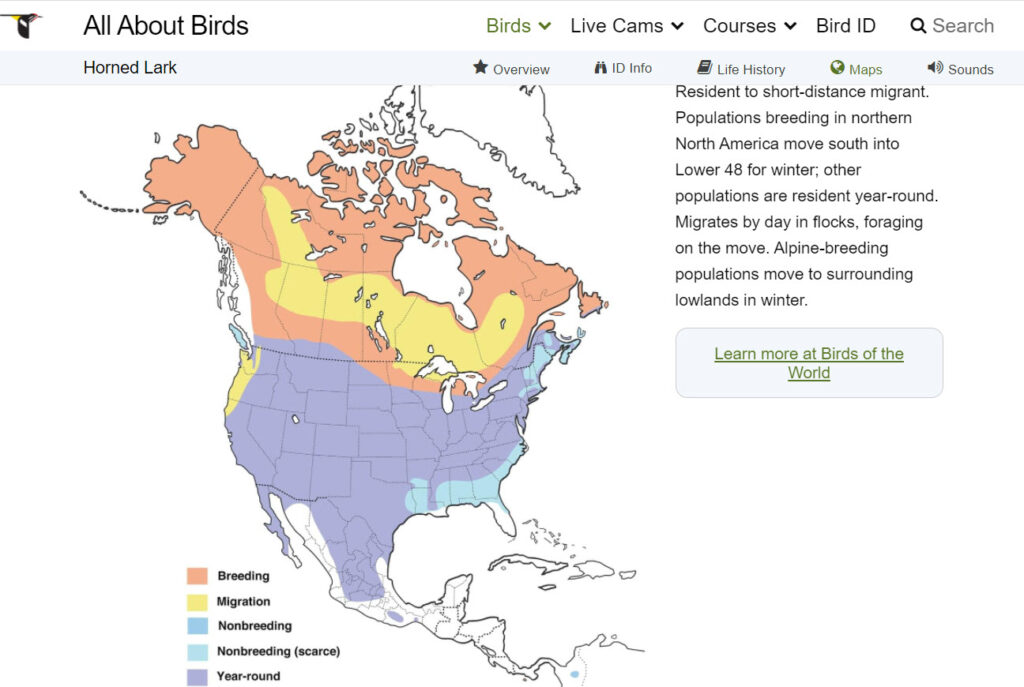
Basically, I planted myself at the campground and waited for flocks of birds to come to me. Hungry birds make for birds which are easier to approach. It was a fun morning.
A Post Processing Exercise: You may need to download both of these images and then toggle back and forth between them on your computer. Folks often ask how much post processing I perform (not much), but minor edits and cropping can make a difference. Normally if I make I minor crops, I stay with the photographs’ original dimensions. Take a look at these two images which started from the same original. In the first photograph I utilized a longer and shorter crop (16:9). My goal was to eliminate some of the grassy area above and below the birds which really does not help the artistic presentation of the photograph/birds. The second photograph utilized a minor crop with the standard dimensions … thus narrower and higher. The size of the birds does not really change between the two images. Thus, it’s more about what I wanted to exclude in the first image rather than having an editing goal to increase the size of the birds.